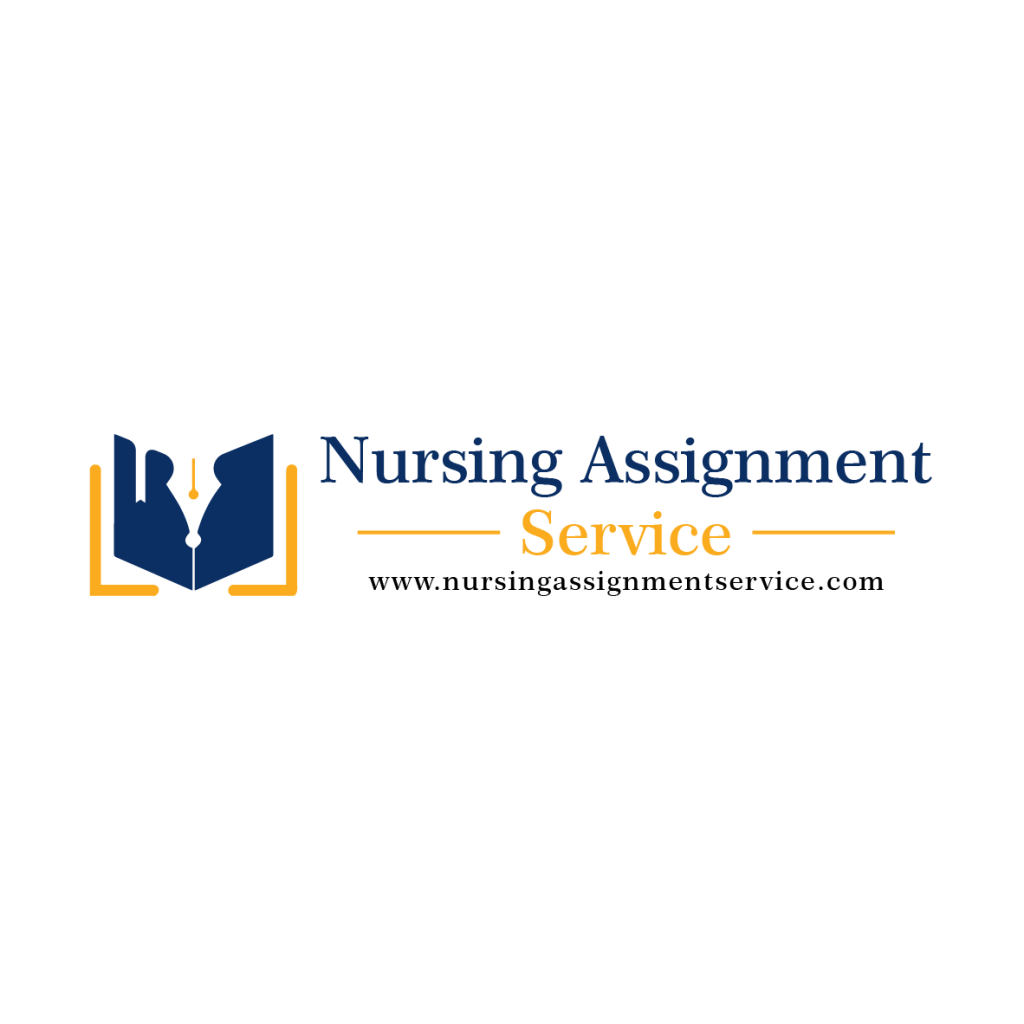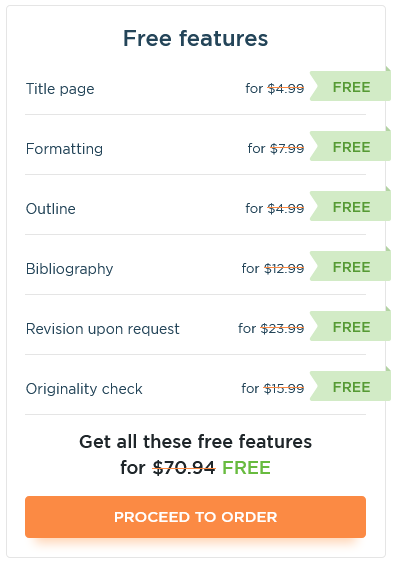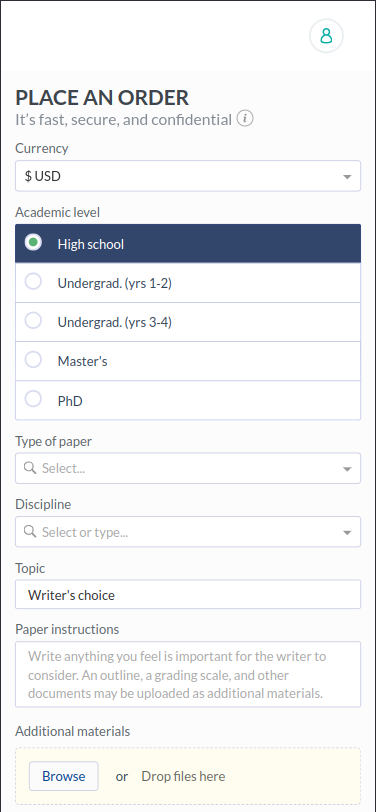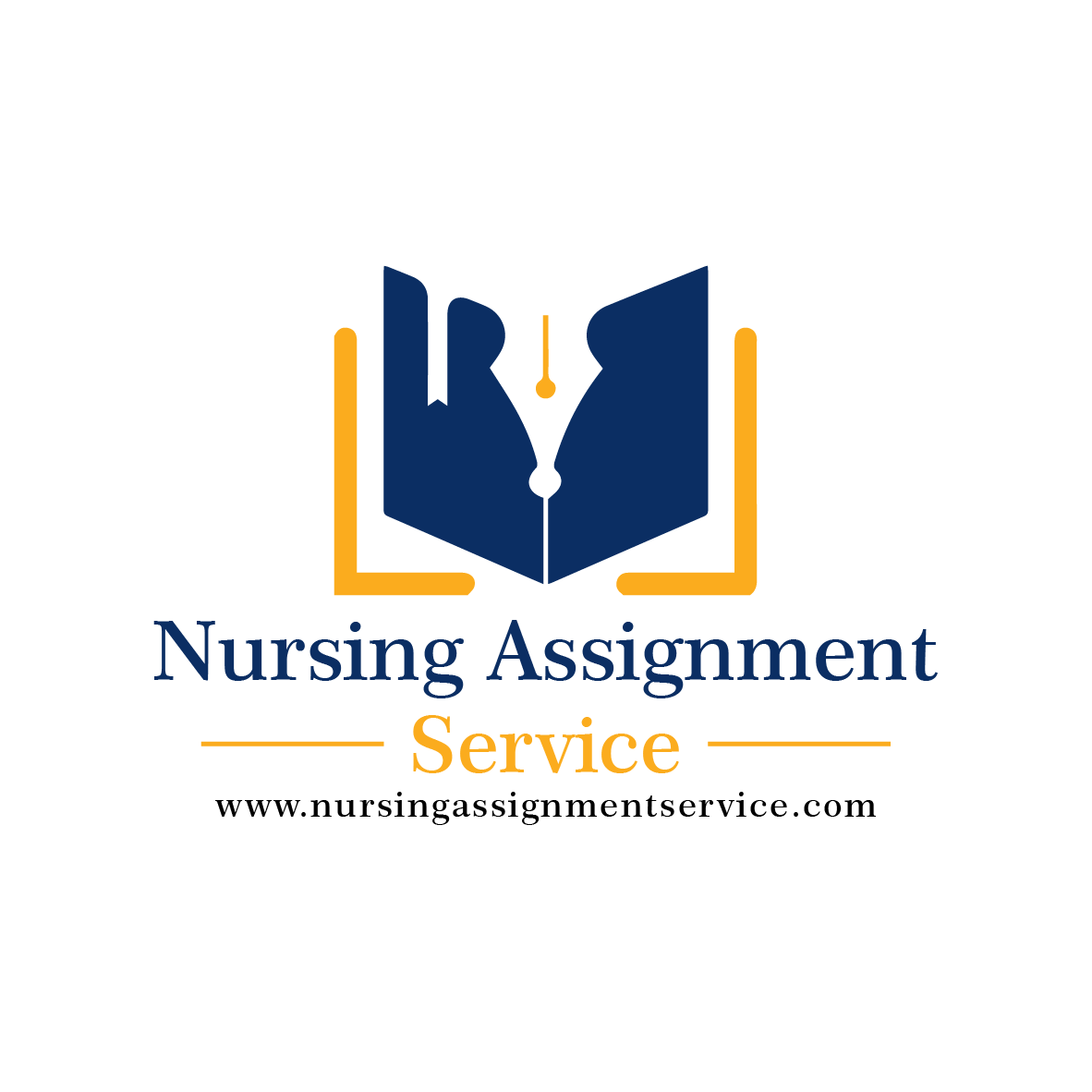NR 501 Week 4 Nursing Theory
The purpose of the graded collaborative discussions is to engage faculty and students in an interactive dialogue to assist the student in organizing, integrating, applying, and critically appraising knowledge regarding advanced nursing practice. Scholarly information obtained from credible sources as well as professional communication are required. Application of information to professional experiences promotes the analysis and use of principles, knowledge, and information learned and related to real-life professional situations. Meaningful dialogue among faculty and students fosters the development of a learning community as ideas, perspectives, and knowledge are shared.
Activity Learning Outcomes
Through this discussion, the student will demonstrate the ability to:
- Demonstrate logical and creative thinking in the analysis and application of a theory to nursing practice. (PO 2 and 5) Weeks 2, 6
- Examine broad theoretical concepts as foundational to advanced nursing practice roles. (PO 1 and 2) Weeks 1, 2, 4
- Analyze theories from nursing and relevant fields with respect to the components, relationship among the components, and application to advanced nursing practice. (PO 1) Weeks 4, 6
Due Date: Sunday, 11:59pm MT
A 10% late penalty will be imposed for discussions posted after the deadline on Wednesday, regardless of the number of days late. NOTHING will be accepted after 11:59pm MT on Sunday (i.e. student will receive an automatic 0). Week 8 discussion closes on Saturday at 11:59pm MT.
Total Points Possible: 75
Requirements:
Discussion Criteria
- Application of Course Knowledge: The student post contributes unique perspectives or insights gleaned from personal experience or examples from the healthcare field. The student must accurately and fully discuss the topic for the week in addition to providing personal or professional examples. The student must completely answer the entire initial question.
- Engagement in Meaningful Dialogue: The student responds to a student peer and course faculty to further dialogue.
- Peer Response: The student respondssubstantively to at least one topic-related post by a student peer. A substantive post adds content or insights or asks a question that will add to the learning experience and/or generate discussion.
- A post of “I agree” with a repeat of the other student’s post does not count as a substantive post. A collection of shallow posts does not equal a substantive post .
- The peer response must occur on a separate day from the initial posting.
- The peer response must occur before Sunday, 11:59 p.m. MT.
- Faculty Response: The student responds substantively to at least one question by course faculty. The faculty question may be directed to the student, to another student, or to the entire class.
-
- A post of “I agree” with a repeat of the faculty’s post does not count as a substantive post. A collection of shallow posts does not equal a substantive post .
- The faculty response must occur on a separate day from the initial posting.
-
- Peer Response: The student respondssubstantively to at least one topic-related post by a student peer. A substantive post adds content or insights or asks a question that will add to the learning experience and/or generate discussion.
- Integration of Evidence:The student post provides support from a minimum of one scholarly in-text citation with a matching reference and assigned readings or online lessons, per discussion topic per week.
-
- What is a scholarly resource? A scholarly resource is one that comes from a professional, peer-reviewed publication (e.g., journals and government reports such as those from the FDA or (CDC).
- Contains references for sources cited
- Written by a professional or scholar in the field and indicates credentials of the author(s)
- Is no more than 5 years old for clinical or research articles
- What is not considered a scholarly resource?
- Newspaper articles and layperson literature (e.g., Readers Digest, Healthy Life Magazine, Food, and Fitness)
- Information from Wikipedia or any wiki
- Textbooks
- Website homepages
- The weekly lesson
- Articles in healthcare and nursing-oriented trade magazines, such as Nursing Made Incredibly Easy and RNMagazine (Source: What is a scholarly article.docx; Created 06/09 CK/CL Revised: 02/17/11, 09/02/11 nlh/clm)
- Can the lesson for the week be used as a scholarly source ?
- Information from the weekly lesson can be cited in a posting; however, it is not to be the sole source used in the post.
- What is a scholarly resource? A scholarly resource is one that comes from a professional, peer-reviewed publication (e.g., journals and government reports such as those from the FDA or (CDC).
Are resources provided from CU acceptable sources (e.g., the readings for the week)?
-
- Not as a sole source within the post. The textbook and/or assigned (required) articles for the week can be used, but another outside source must be cited for full credit. Textbooks are not considered scholarly sources for the purpose of discussions.
- Are websites acceptable as scholarly resources for discussions?
- Yes, if they are documents or data cited from credible websites. Credible websites usually end in .gov or edu however, some .org sites that belong to professional associations (e.g., American Heart Association, National League for Nursing, American Diabetes Association) are also considered credible websites. Websites ending with .com are not to be used as scholarly resources.
-
- Professionalism in Communication: The post presents information in logical, meaningful, and understandable sequence, and is clearly relevant to the discussion topic. Grammar, spelling, and/or punctuation are accurate.
- Wednesday Participation Requirement: The student provides a substantive response to the graded discussion question(s) or topic(s), posted by the >course faculty (not a response to a peer), by Wednesday, 11:59 p.m. MT of each week.
- Total Participation Requirement: The student provides at least three substantive posts (one to the initial question or topic, one to a student peer, and one to a faculty question) on two different days during the week.
Sample Discussion Post
For my NP specialty area, I will be choosing the Family Nurse Practitioner (FNP) path with focus on community nursing, ultimately, I’d like to be a hospice home care NP. The theory I have chosen to address and utilize for my NP role is Fawcett and Ellenbecker’s Conceptual Model of Nursing and Population Health, (CMNPH). The origin of this theory was designed for improvement and maintenance of wellness in the population to prevent disease, as there is a multitude of diseases; the theory is geared toward population growth rather than individual. It is based on literature from the United States and Cananda (Fawcett & Ellenbecker, 2015).
The meaning of CMNPH is defined as a design to strengthen the contributions of nursing to the health population. The concepts of this theory are as follows: upstream factors, population factors, HCS factors, nursing activities, and population health outcome show relationship to one another. The concepts are multidimensional and complex; upstream factors, population factors and HCS factors impact nursing activities, and nursing activities attribute to the above mentioned, making it highly abstract and provides guidance for nursing knowledge and population health (Distelhorst et al., 2021).
The logical adequacy of this model is complex and logical however there is room for more research on different aspects of the concepts and the relationship between the concepts with the outcomes geared toward population health. Testability is noted as empirical research is conducted due to indirect testing. Inductive modification can be applied by way of researching a single concept for further understanding of how the concept applies to the model, however deductive reasoning can be applied as well as it is broad and general.
I believe CMNPH is a useful theory to be applied to FNP. FNP is also broad in practice terms, therefore any piece of the concepts can be applied to several FNP tracks for research to aid the betterment and increased knowledge of several settings from global down to diabetes management and foot care. CMNPH offers flexibility that contributes to the attraction of FNP.
The generalizability is mentioned as broad and abstract as it can include involvement as vast as a worldwide level downward to the clinical, practical setting. It can be applied to healthcare policy as well. Per Fawcett et al (2018), there can be more research done on specific missing factors in upstream concept, therefore there is room for growth and improvement in other areas needing research. CMNPH could be applied also to more specificity to such instances as stroke treatment barrier and communication barrier for parents and teenagers.
Working in community health, my goal for FNP track is to offer my nurse practitioner expertise to the hospice care component of home and community health. CMNPH can be used in this setting to identify and research the gaps in knowledge based on the depths of the concepts to provide further education and care for hospice patients. An example would be researching the concept nursing activities in the channel of cultural sensitivity when providing care to a hospice patient who is from Russia, using the C-T-E structure to deduct reasoning from this concept for theory testing (Butts and Rich, 2018). Nursing activities could involve increasing the awareness of what is expected in the care to be provided; expectations may be pain control and what the patient’s beliefs are on pain control, end of life wishes and who will be involved, and family involvement and what family means to the patient. Researching this component will offer competent care being provided to a hospice patient to alleviate suffering and instill trust in the NP that is caring for them.
References:
Butts, J.B., & Rich, K. L. (2018). Philosophies and theories for Advanced Nursing Practice (3rd ed.). Jones and Bartlett Learning.
Distelhorst, K. S., Graor, C. H., & Hansen, D. M. (2021). Upstream factors in Population Health. Advances in Nursing Science, 44(3), 210–223. https://doi.org/10.1097/ans.0000000000000362Links to an external site.
Fawcett, J., Amweg, L. N., Legor, K., Kim, B. R., & Maghrabi, S. (2018). More thoughts about conceptual models and literature reviews: Focus on Population Health. Nursing Science Quarterly, 31(4), 384–389. https://doi.org/10.1177/0894318418792878Links to an external site.
Fawcett, J., & Ellenbecker, C. H. (2015). A proposed conceptual model of Nursing and Population Health. Nursing Outlook, 63(3), 288–298. https://doi.org/10.1016/j.outlook.2015.01.009
Our team of expert nursing writers at Nursing Assignment Service can help you with your
NR 501 Week 4 Nursing Theory, place your order here.




